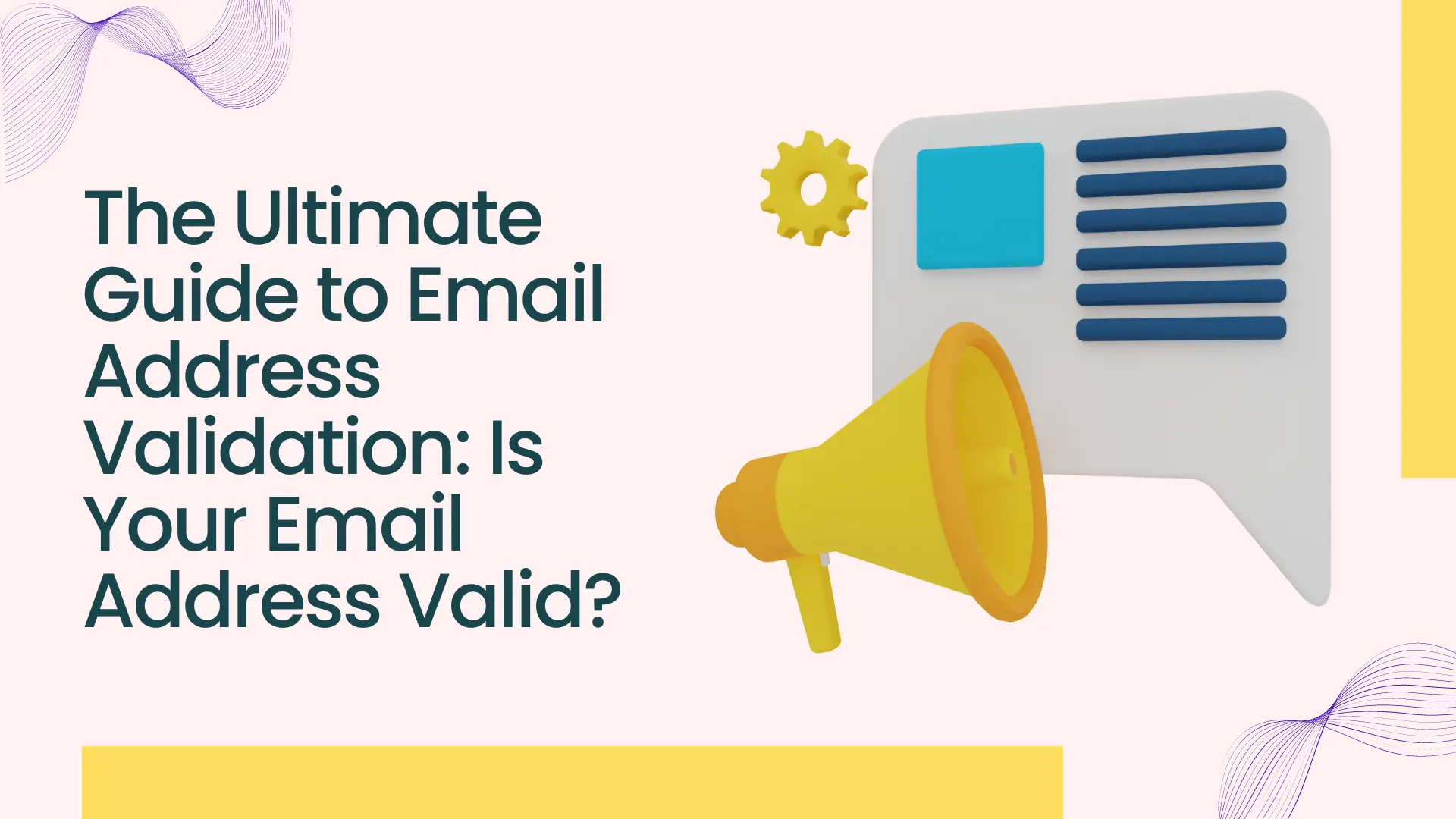Mastering Email Validation: Ensure Your Emails Reach the Inbox
 Published by Bulk Mail Verifier
Published by Bulk Mail Verifier
Introduction
In today's digital landscape, email remains a powerful tool for businesses to connect with their audience. However, the success of email marketing campaigns hinges on one crucial factor: the validity of email addresses. Without proper validation, your efforts can go to waste. This guide will walk you through the essentials of email address validation and verification, ensuring your messages reach their intended recipients and maintain your sender reputation.
What is Email Validation and Verification?
Email validation and verification are critical processes in maintaining a healthy email list. Validation checks if an email address exists and is correctly formatted, while verification confirms the email's deliverability and engagement potential.
Why Email Validation Matters
- Reduce Bounce Rates: Invalid email addresses lead to hard bounces, which can damage your sender reputation. Regular validation helps keep your bounce rates low.
- Increase Deliverability: A clean email list ensures that your messages reach the inbox, improving open rates and engagement.
- Protect Sender Reputation: Consistently high bounce rates can lead to your email service provider blocking your account. Validation helps prevent this.
How to Verify Your Email Address Without Sending an Email
Several methods can verify email addresses without sending a message, saving time and resources:
Check the Syntax
Ensure the email follows the correct format: local part, @ symbol, and domain. Syntax errors can be easily spotted and corrected.
Test Server Connection
Ping SMTP servers to verify domain status. Tools like PuTTY for Telnet can assist in this process, though it requires some technical knowledge.
Use Email Verification Tools
For a comprehensive solution, consider using BulkMailVerifier.com. This tool automates the verification process, ensuring your email list is accurate and up-to-date.
Conclusion
Email validation is not just a technical task; it's a strategic move to enhance your email marketing efforts. By regularly validating your email list with services like BulkMailVerifier.com, you ensure higher deliverability, protect your sender reputation, and ultimately achieve better marketing results. Start optimizing your email campaigns today!
Explore BulkMailVerifier.com for robust email validation solutions.